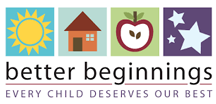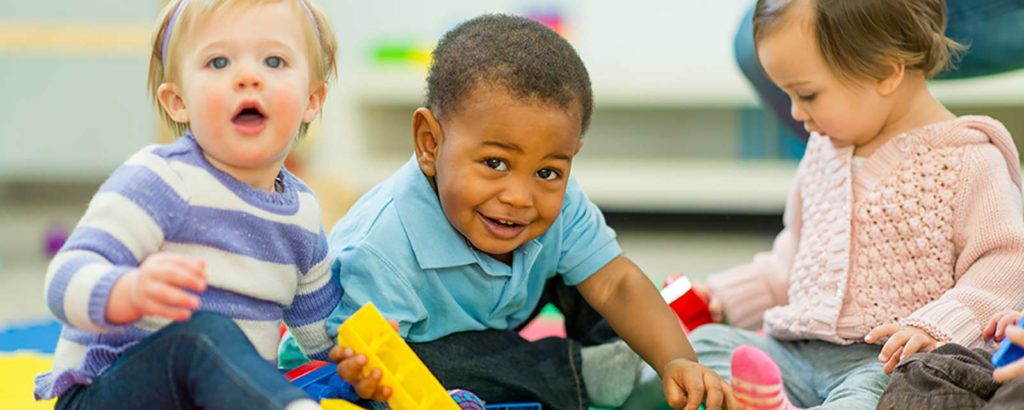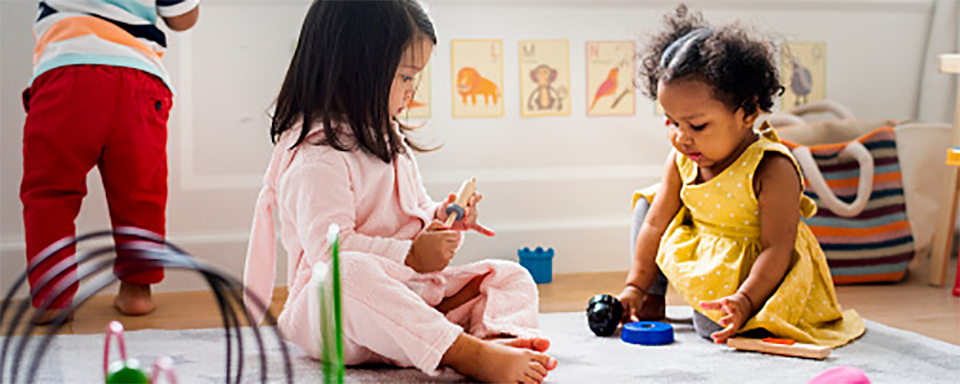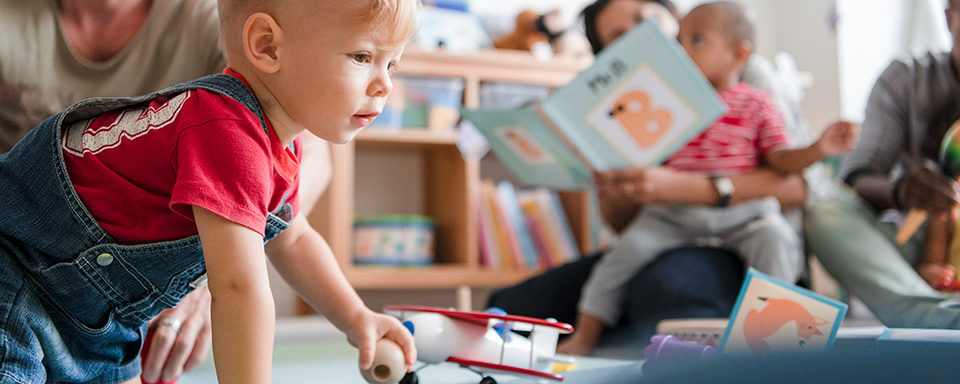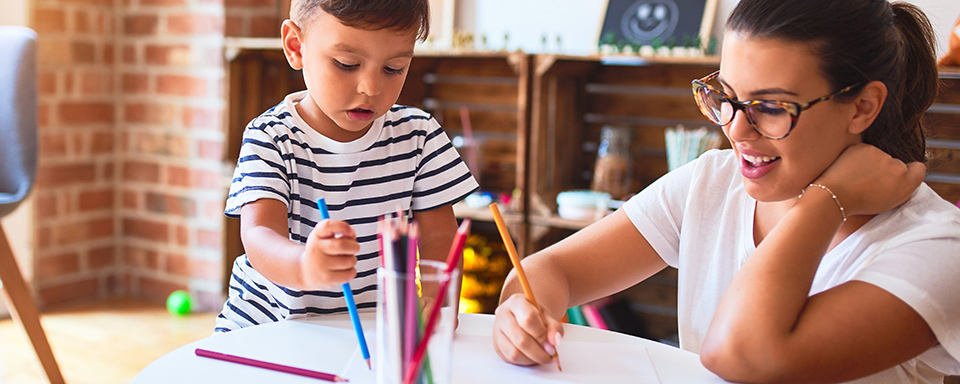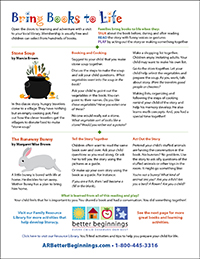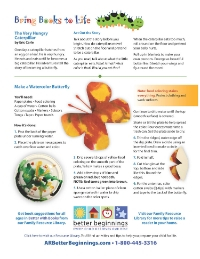Open the doors to learning and adventure with a visit to your local library. Membership is usually free and children can select from hundreds of books.
Families bring books to life when they:
TALK about the book before, during and after reading
READ the story with funny voices or gestures
PLAY by acting out the story or making something together
Stone Soup
by Marcia Brown
In this classic story, hungry travelers come to a village. They have nothing but an empty cooking pot. Find out how the clever travelers get the villagers to donate food to make “stone soup.”
Booking and Cooking
Suggest to your child that you make stone soup together.
Discuss the steps to make the soup and ask your child questions. What vegetables went into the soup in the book?
Ask your child to point out the vegetables in the book. You can point to their names. Do you like those vegetables? Have you eaten one of these?
No one would really eat a stone. What vegetable sort of looks like a stone? Would you rather eat a potato?
Make a shopping list together. Children enjoy imitating adults. Your child may want to make his own list.
Go to the store together. Let your child help select the vegetables and prepare the soup. As you work, talk about story. Were the travelers good people or cheaters?
Making lists, organizing and following the steps of cooking remind your child of the story and help his memory develop. He also learns math concepts. And, you had a special time together!
The Runaway Bunny
by Margaret Wise Brown
A little bunny is bored with life at home. He decides to run away. Mother Bunny has a plan to bring him home.
Tell the Story Together
Children often want to read the same book over and over. Ask your child questions as you read along. Or ask her to tell you the story using the pictures as a guide.
Or make up your own story using the book as a guide. For instance:
If you are a fish, then I will become a (fill in the blank).
Act Out the Story
Pretend your child’s stuffed animals are having the conversation in the book. No bunnies? No problem. Use the story to ask silly questions of the stuffed animals or other toys in the room. It might go something like:
You’re not a bunny! What kind of animal are you? Are you a fish? Are you a bird? A flower? Are you a child?
View/Download the PDF version here (Right click and choose “Save Link As” to download”)
The Very Hungry Caterpillar
by Eric Carle
One day a caterpillar hatches from an egg on a leaf. He is very hungry. He eats and eats until he becomes a big caterpillar. His adventures tell the story of becoming a butterfly.
Act Out the Story
Talk about the story before you begin. How do caterpillars move? Stretch out on the floor and pretend to be a caterpillar.
As you read, talk about what the little caterpillar eats. What is that? What color is that? Would you eat that?
When the caterpillar eats too much, roll around on the floor and pretend your belly hurts.
Roll up in blankets to make your own cocoons. Emerge as beautiful butterflies! Stretch your wings and fly around the room!
Make a Watercolor Butterfly
You’ll need:
Paper plates • Food coloring • A cup of water • Cotton balls • Cotton swabs • Markers • Scissors • Tongs • Tape • Paper towels
How it’s done:
- Pass the back of the paper plate under running water.
- Place the plate on newspapers to catch overflow water and color.
- Drip several drops of yellow food coloring on the smooth part of the plate. Yellow makes a good base.
- Add a few drops of blue and green or red, but not both. NOTE: Red turns green into brown.
- Use a cotton ball or piece of clean sponge soaked in water to drip water on the color spots. Continue to drip water until the top (smooth surface) is covered.
- Shake or tilt the plate to help spread the color. Pour excess water into a trash can. Set the plate aside to dry.
- Trim the ridged, outer edge off the dry plate. Draw a circle using an inverted bowl to make a circle for the final trim.
- Fold in half.
- Cut triangles at the top, bottom and side. Round the edges. (As shown in the pdf)
- For the antennas, color cotton swabs (Q-tips) with markers and tape to the back of the butterfly.
Note: food coloring stains everything. Protect clothing and work surfaces.
What is learned from all of this reading and play?
Your child feels that he is important to you. You shared a book and had a conversation. You did something together!
View/Download the PDF version here. (Right click and choose “Save Link As” to download)
Click here to visit our Family Resource Library. You’ll find activities and tips to help you prepare your child for life.
